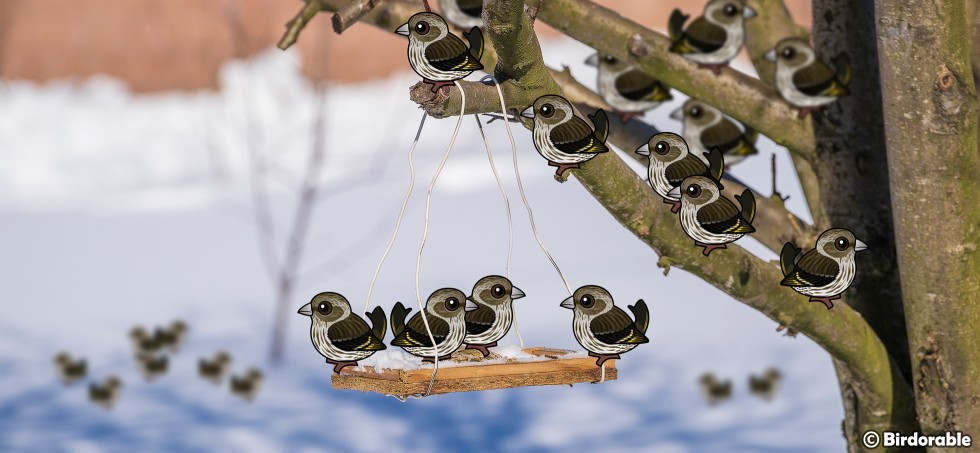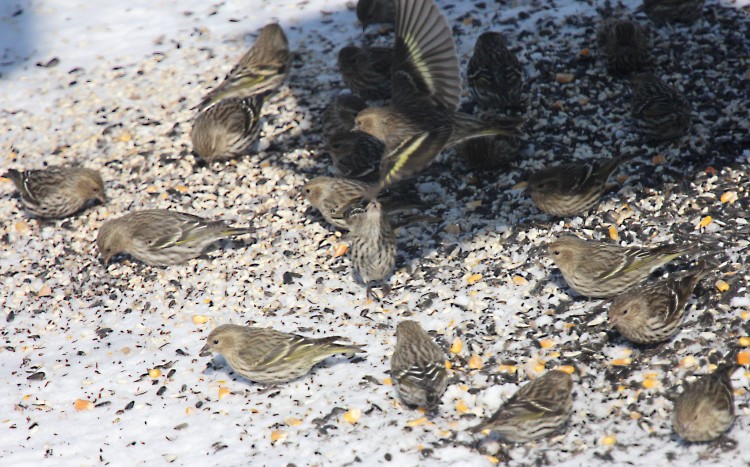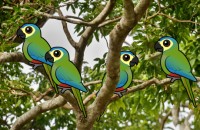Sudden Surge: Understanding the Phenomenon of Bird Irruptions

Imagine a scene straight out of a wildlife documentary, or an AI-rendered, unreal-looking image: flocks of birds, normally seen only in remote northern forests, suddenly descend upon your backyard, filling the air with their calls and vibrant plumage.
A dramatic, seasonal shift in bird populations is known as an irruption. Let's explore the meaning of this interesting bird term!
What causes irruption?
Bird irruptions are often triggered by fluctuations in food availability. When their usual food sources, like berries, insects, or lemmings, become scarce in their northern habitats, the birds embark on mass southward migrations in search of sustenance. This can happen due to factors like:
Mast years: When certain tree species produce a large, synchronized crop of seeds, it attracts irruptive species like crossbills and grosbeaks.
Insect outbreaks: A boom in insect populations in the north can lead to a subsequent decline as predators flourish, forcing birds to move south for alternative food sources.
Harsh winters: When winter weather arrives early, birds may be forced south to escape the harsh conditions and find food.
What species are affected?
While irruptions can occur with many different bird species, some are more prone to this behavior. Common irruptive birds include:
Finches: Common Redpolls, Pine Siskins, and Evening Grosbeaks are just a few of the species known for their dramatic southward surges in search of seeds and berries. Each year the Finch Research Network reveals a "Winter Finch Forecast" to discuss possible irruptive behavior of native finches and other species.
Owls: Snowy Owls, Northern Hawk Owls, and Great Gray Owls may irrupt southward when their prey populations decline in the north.
Nuthatches: Red-breasted Nuthatches are known for their irruptive movements, often exploring new territories in search of food.
The ecological impact
Bird irruptions can have significant ecological consequences. The influx of birds can disrupt local food webs, benefiting some species and putting pressure on others. Additionally, the introduction of new diseases or parasites from the irrupting birds can pose challenges for resident bird populations.

Flock of Pine Siskins feeding on seed [photo copyright "fishhawk" CC BY 2.0 Deed]
Despite the potential ecological impacts, bird irruptions offer a unique opportunity to observe birds outside their usual ranges. Many birdwatchers are delighted when seldom-seen species can be spotted regularly during the season.

























Comments
Be the first to comment
Thank you!